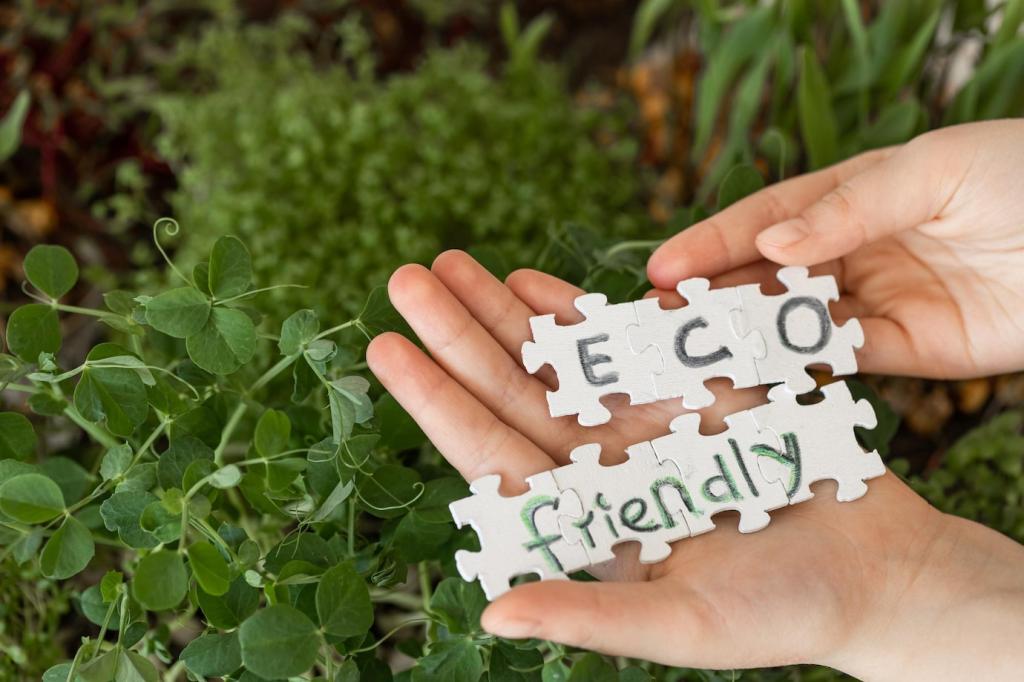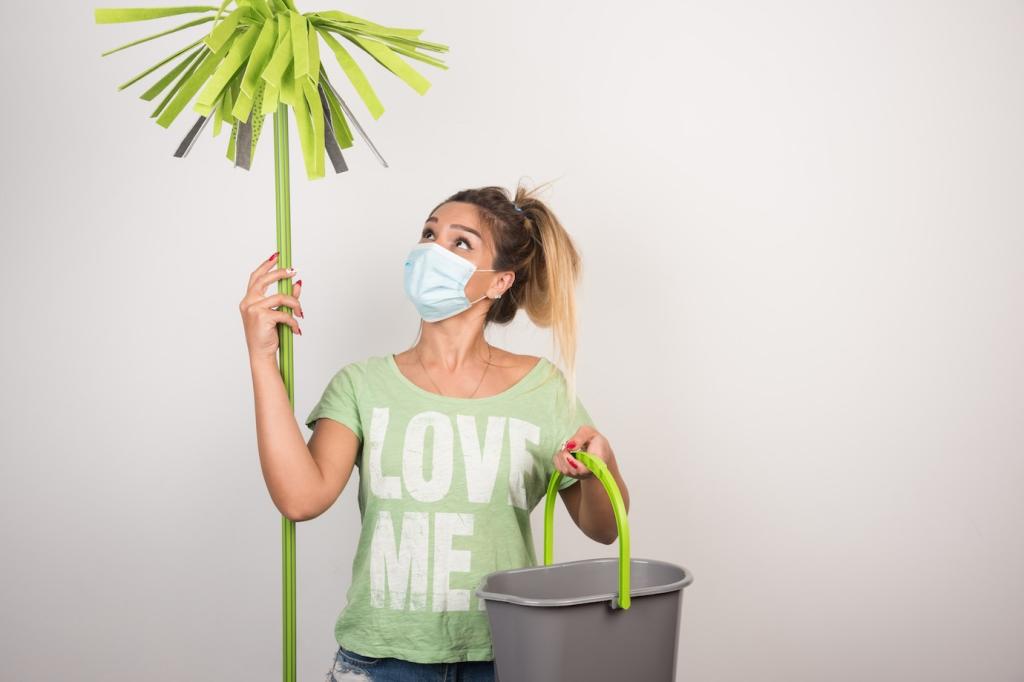The Planet-Friendly Case for Fixing What You Own
Extending a table’s life even a few years can sidestep the production, packaging, and shipping emissions of a replacement. A simple reglue or refinishing job often delivers outsized environmental benefits, especially when paired with low-VOC materials and mindful, durable craftsmanship at home.
The Planet-Friendly Case for Fixing What You Own
Last spring, I found a wobbly beech chair on the curb, joints rattling like cutlery. Two evenings, some hide glue, and fresh webbing later, it became the sunny breakfast seat my kids fight over. One repair, countless breakfasts, zero landfill guilt. Share your own rescue story with us.





